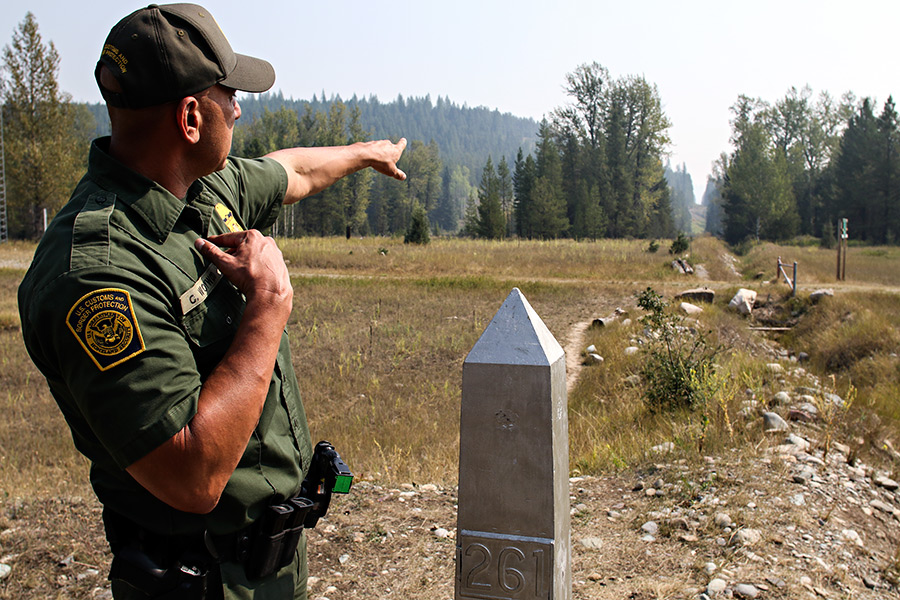Congress Considering Assessment of Northern Border Security
New legislation seeks to analyze threats, challenges along U.S.-Canadian border
By Dillon Tabish
As the Canadian government re-examines its role in international affairs and the fight against extremism, U.S. lawmakers are considering an analysis of the northern border with Canada to identify potential terrorism or criminal threats.
The House recently passed a bill requiring the U.S. Department of Homeland Security to study current and potential security issues and challenges along the U.S.-Canadian border, which stretches nearly 4,000 miles across the continental U.S., including 545 miles across Montana.
The Northern Border Security Review Act would provide the first significant analysis of the U.S.-Canadian border since 2010, when the Government Accountability Office conducted a similar assessment and determined the threat of potential terrorists entering the country from Canada was greater than through Mexico. Only 32 miles along the entire northern border achieved “an acceptable level of security,” the report stated.
Extremism continues to present troubling issues abroad and concerns have increased in recent years with a spurt of terrorist activities in Canada, including a 2014 shooting at Parliament Hill. According to the Canadian government, there has also been an uptick of citizens being radicalized and traveling abroad to support the Islamic State and ISIS, a radical Islamist militant group.
Canada’s newly elected prime minister, Justin Trudeau, has said he will re-examine the country’s foreign policy, and many think he will shy away from his predecessor Stephen Harper’s policies to expand the government’s counter-terrorism measures in the name of homeland security.
U.S. Rep. John Katko, R-N.Y., the chief sponsor of the bipartisan House bill, said that several major terrorist plots have been uncovered and disrupted along the northern border in recent years.
A systematic analysis of the border could identify the most pressing security gaps and combat potential security threats that could come from Canada, Katko said.
If approved, the bill would give DHS six months to conduct an analysis and submit a report to Congress. The study would also look at potential border vulnerabilities that could be exploited for criminal activity, such as drug or human trafficking, or terrorism, according to the bill. The agency would also be required to study potential improvements to curb similar security risks at official ports of entry. The DHS would also review technology and personnel needs, and the role of state, local and tribal law enforcement in general border security activities.
The Senate is expected to vote on the bill soon.
A similar bill in Senate, sponsored by Sens. Heidi Heitkamp, D-North Dakota, and Kelly Ayote, R-New Hampshire, passed the Homeland Security committee in July and is awaiting a floor vote.
U.S. Sen. Jon Tester, D-Mont., a senior member of the Homeland Security Committee, told the Beacon he supports the effort to review the northern border.
“The bottom line is that we need to know where the weak spots are,” he said while visiting Kalispell recently. “All the attention is on the southern border. And that’s not necessarily a bad thing. But you don’t want to forget about the northern border or the ports.”